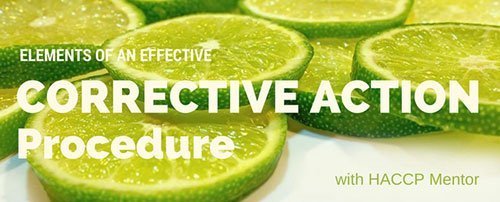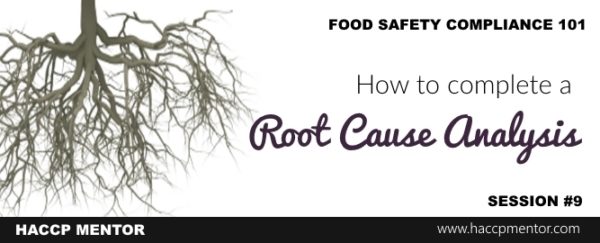Any non-conformance identified by your business or during the audit process should be seen as an opportunity to better understand and resolve an issue. Unfortunately, many food businesses struggle to rectify non-conformances before they escalate to a point where damage or financial loss can occur. In this presentation, practical steps are provided to help your food business effectively and efficiently deal with non-conformances. The presentation also explores investigation methodology and prevention strategies of common non-conformances.
Nailing non-conformance: A Guide to Investigation and Prevention
Regardless of what type of food safety or quality assurance system used by your food business, it should include requirements for the identification and reporting of non-conformances and the subsequent investigation and rectification of any issues. This presentation includes:
- What is a non-conformance
- Common sources of non-conformances
- Why it is a good strategy to identify non-conformances in your food business
- The 5-step process for dealing with non-conformances
- Practical examples of the 5-step process in action
Watch the presentation
Click here to Register for FREE
Resources
Here a few resources to help you enhance your corrective action program.
Did you enjoy this presentation?
Let me know your thoughts or feedback by leaving a comment below this post.



Great webinar my question is. For example you have a out of spec review from a customer for a material that’s been provided third party. What are ways do you suggest in getting an expedited root cause from the supplier?
Hi Percie. Thanks for your question. When dealing with third party suppliers, getting a speedy reply can be an issue. Everyone is busy doing their own gig that your requests may not be a priority to them. All I can suggest to do is have a hierarchy of actions that can be implemented. It might start with a simple request, progressing to formal warnings, completing your own internal audit to finally sourcing an alternative supplier. It really comes down to your relationship with your supplier.